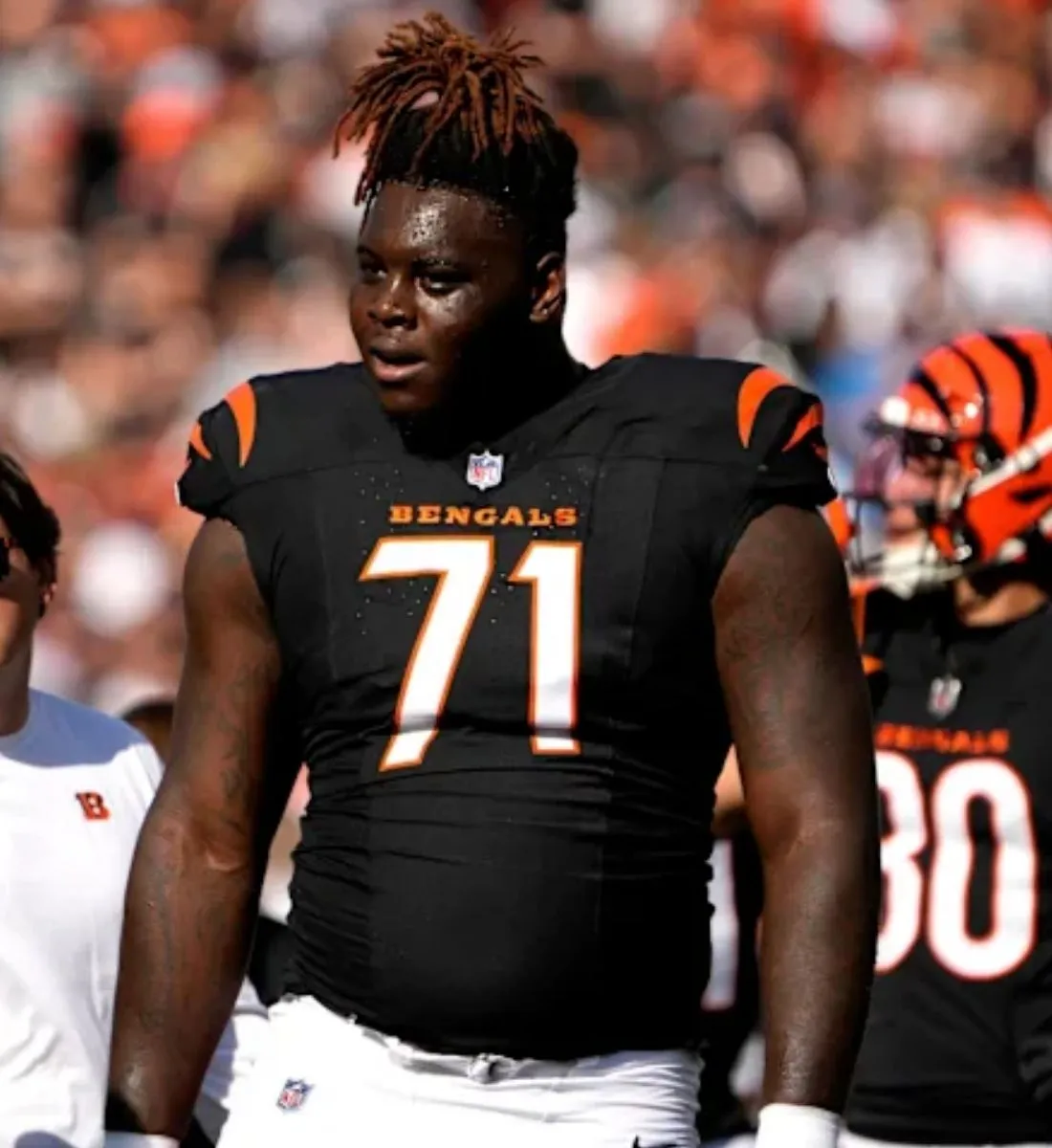
Australia's destructive batting and Powerplay and death bowling has lifted them to a period of sustained success in the T20 format
It was the format that took Australia's men's team the longest to fully grasp but now that they have, they've become a dominant force in T20 cricket.
Australia made a surprise surge to their first men's T20 World Cup triumph in 2021, but never have they enjoyed such a sustained period of success in the shortest format than their current run over the past 18 months.
Mitch Marsh's side have won 19 of their past 23 matches – a winning percentage of 82.6 since the start of 2024 – which includes Australia's longest T20 winning streak of eight matches from February to June last year.
Australia have used 28 different players across that stretch and have still climbed to No.2 in the men's T20 rankings, with only the calendar year of 2014 (29) seeing more players picked in the nation's T20 side.

Australia's vaunted pace trio, who would be expected to form their fast-bowling attack at next year's T20 World Cup, have played less than half of those 23 matches, with Pat Cummins and Mitchell Starc each featuring seven times and Josh Hazlewood 11.
Along with star opening batter Travis Head, the group have been rested from their ongoing five-match series in West Indies where the tourists have surged to a 2-0 lead, blooding another two new players along the way in Mitch Owen and Matt Kuhnemann.
Only reigning world champions and top-ranked India have a better winning percentage (83.9 from 31 games) than Australia of the world's 15 highest-ranking T20 international teams in the same period, with India also using seven more players since the start of 2024.
"We've got a lot of talented players within Australia," captain Marsh said following their eight-wicket victory over West Indies in the second T20I at Sabina Park.
"We obviously know the likes of Hazlewood, Starc, Cummins and Head are not going to be able to play all three formats all the time and it's a big theme trying to build depth within the squad and have as many options as you possibly can.
"First and foremost, you want guys to come in and try and feel as relaxed as they possibly can – international cricket is a big step up but a lot of that's mental.
"We're just trying to create an environment where they can come in and be really clear on their role and try and execute their skills and I thought we've done that really well as a collective for the first two games."
Despite it being a different role than the one he's played since his breakthrough success with Hobart Hurricanes last summer, Owen epitomised that role clarity with a 26-ball half-century from No.6 on debut in the first T20I.
Kuhnemann then took the first over of the match on debut in the second T20I, while Josh Inglis, who couldn't get a look in during last year's World Cup in the Caribbean, hopes to "make No.3 (his) own" for Australia after starring with 78 not out from 33 balls in the chase in what is his highest averaging (39.25) and fastest scoring (strike rate 172) position in the T20 format.
Cameron Green has also hit consecutive half-centuries from No.4 since returning to the team after back surgery, making it three 50-plus scores for the West Australian in his past five T20 international innings.
"He's a very valuable player for us," Marsh said of Green. "He hasn't played a lot of T20 cricket for Australia, partly because he's played a lot of Test cricket so far and he's coming back from his (back) injury.
"But in the last two games he's showed the talent that he has and he's a really important player for us moving forward."
Australia have also given opportunities to Matt Short, Jake Fraser-McGurk, Cooper Connolly and Aaron Hardie over the past 18 months as they build out their batting depth for next year's T20 World Cup and beyond.
Their powerful batting unit – which collectively has the highest strike rate (163.63) and hits boundaries more regularly (4.5 balls per boundary) than any team since the start of 2024 – has been the cornerstone of their recent success, but they've also built a battery of bowlers able to take wickets at the start and end of the innings.
Australia's bowlers have struck more frequently than any of top 15 ranked T20 teams in the death overs (16-20) since the start of 2024, which includes all 12 Test playing nations as well as the UAE, Netherlands and Scotland.
Wickets at the death have been key to Australia surging to a 2-0 lead against West Indies with Ben Dwarshuis taking three wickets in the penultimate over of the series opener in Jamaica on Sunday to bring West Indies' innings to a grinding halt as they lost 6-30 in the final five overs after racing to 1-103 at the halfway mark. Dwarshuis then combined with Nathan Ellis to take three wickets in the final four overs of the second T20 on Tuesday.

Australia's death economy rate (8.14) is also among the best in the T20 format, while they started the series against the Windies with the second best Powerplay bowling strike rate (16.80) of the Test playing nations behind Afghanistan (16.11) in the past 18 months.
That ability to strike in the Powerplay has in turn helped Australia control of the middle overs with the ball, as was the case in the second T20 with their spinners – Adam Zampa, Glenn Maxwell and Kuhnemann – keeping West Indies to 69 runs for the loss of five wickets between overs 7-15.
"I dare say we saw that it took a fair bit of spin and that's why 'Kuhney' played," Inglis said post-match.
"I actually thought he bowled really well; his figures (0-33 off four overs) probably didn't reflect how he actually bowled.
"And I thought all of our spinners played a big role and just shut that scoring down in that middle period there."
Australia will be out to wrap up their third straight T20 series victory over West Indies in the third match in St Kitts (9am Saturday AEST) and extend their dominance over the hosts, which currently stands at seven wins from their past eight matches.

-(1)-1755075348-q80.webp)

